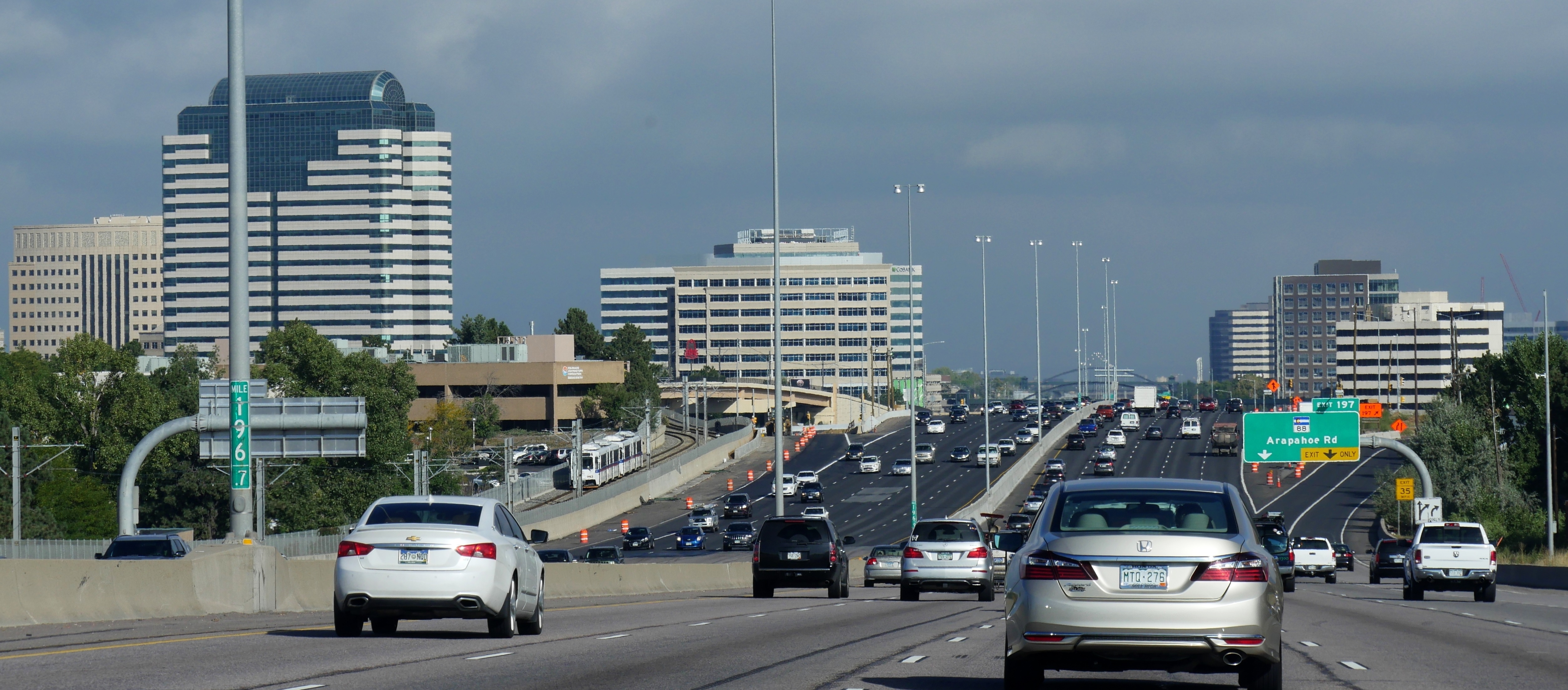Can we Cut Energy Use in US Transportation While Making it Better? We’re Taking on the Challenge
Let's Save Energy
Alliance to Save Energy's Blog

Transportation is a key part of American life. Nearly all of us own cars or take public transportation, rely on freight transport for packages and groceries, and depend on transportation’s invisible support for industries, hospitals, businesses and government. Yet not everyone is aware of the new twists that emerging technologies and global markets are bringing to our mobility. So, quiz time: are the following statements true or false:
- Self-driving cars are expected to hit the roadways in 2030.
- An electric car running on 100 percent coal-fired electricity produces just as much carbon dioxide as a conventional gasoline vehicle.
- Freight trucks are expected to consume more energy than cars do, globally, by 2050.
The answer? All false. Autonomous vehicles are already on the roadways in various pilot programs – you can hail a self-driving car in Pittsburgh and San Francisco, and driverless trucks have delivered beer. Electric cars charged with 100 percent coal-fired power still have slightly lower carbon dioxide emissions (by about 10 percent) than traditional gasoline internal combustion engines, thanks to the natural efficiencies of the electric motor (for the experts out there, this is true on a well-to-wheel basis). And freight trucks are expected to consume more energy than cars do, but 20 years earlier – by 2030, thanks to fast-growing demand for freight transit in Asia.
Today’s transportation sector has polished and streamlined the technologies that were introduced in the early 1900s, but the basic concept of the sector has remained roughly the same. Today’s vehicles rely on petroleum-based fuels for about 92 percent of their energy and are responsible for three-quarters of total U.S. petroleum consumption. Traffic congestion is getting worse in most places in the United States each year. And though vehicles have become considerably safer over time, more than 37,000 people still die in road crashes in the United States each year; the National Highway Traffic Safety Administration estimates that 94 percent of crashes are due to human error.
But tomorrow might be a different story. A variety of commentators think a transportation transformation is underway. New technologies are emerging that can increase vehicle efficiency, but also do much more: create unprecedented coordination among trains, public buses, taxis, and personal vehicles; optimize freight shipments into the smallest vehicles traveling the fewest miles; and incorporating smarter designs from cities to traffic lights. This is a vision for transportation as a service that maximizes efficiency and safety, while producing far fewer emissions.
How these opportunities progress and interact with one another will depend on the vision, coordination and hard work of policymakers, consumers, automakers, electric utilities, freight companies, technology companies, port authorities and many others in the coming decades. (Yes, that’s a lot of folks.) There are robust, exciting conversations across the country on parts of this story, including state-and city-level goals to reduce greenhouse gas emissions or set levels for the deployment of zero-emissions vehicles (electric and fuel cell).
But we also need a broader national conversation, guided by a principle we can all get behind: meeting tomorrow’s transportation needs while using less energy. Enhancing efficiency in transportation means looking at the opportunities at the vehicle, functional, and system levels; thinking about how to shift from less efficient to more efficient usages; and understanding the nation-wide infrastructure needs to make these opportunities successful.
For this reason, the Alliance recently announced a new Commission of business, government and civil society leaders who will work together to develop a pathway and recommendations to reduce energy use in the U.S. transportation sector by 50 percent by 2050 – all while meeting future mobility needs. This “50 by 50 Commission” will take a fuel-neutral look at opportunities relating to light duty vehicles, heavy duty and freight vehicles, and non-road vehicles, with a cross-cutting examination of infrastructure and advanced information and computer technologies, as well as outreach to the many stakeholders. This includes exploring opportunities to deploy more efficient vehicles; reduce unnecessary miles traveled; improve logistics and freight; reduce fuel waste; and increase vehicles’ occupancy. This future is one in which travel and freight transportation is more affordable and more competitive, has a far smaller environmental footprint, and is more accessible for all.
Some may think this sounds optimistic – we Americans love our big cars, and they’ve been getting bigger over time. For the last 35 years, the best-selling vehicle in the United States has been the Ford F-Series. But to that point, let me end with one last quiz question:
- What else fell by nearly 50 percent between 1983 and 2014?
Answer: The number of sixteen-year-olds with a drivers’ license. Change is on the way – this Commission can help us steer.
STAY EMPOWERED
Help the Alliance advocate for policies to use energy more efficiently – supporting job creation, reduced emissions, and lower costs. Contact your member of Congress.
Energy efficiency is smart, nonpartisan, and practical. So are we. Our strength comes from an unparalleled group of Alliance Associates working collaboratively under the Alliance umbrella to pave the way for energy efficiency gains.
The power of efficiency is in your hands. Supporting the Alliance means supporting a vision for using energy more productively to achieve economic growth, a cleaner environment, and greater energy security, affordability, and reliability.



